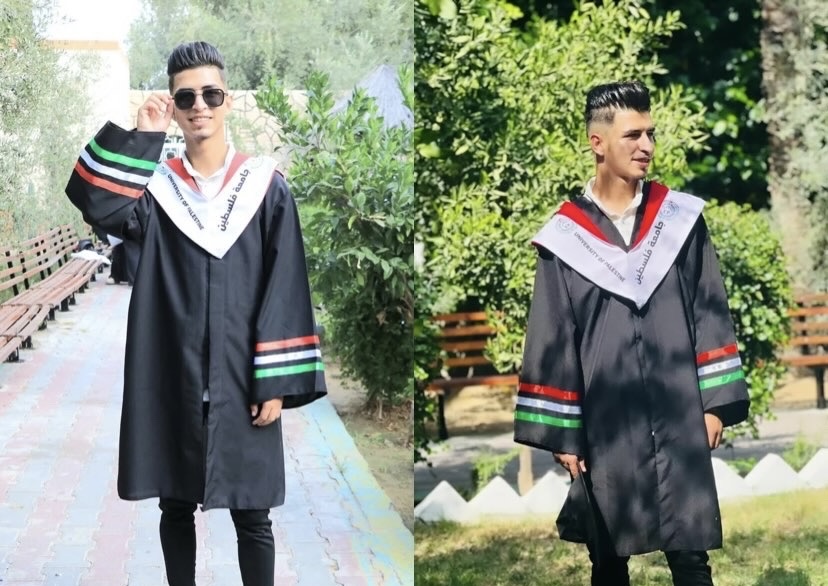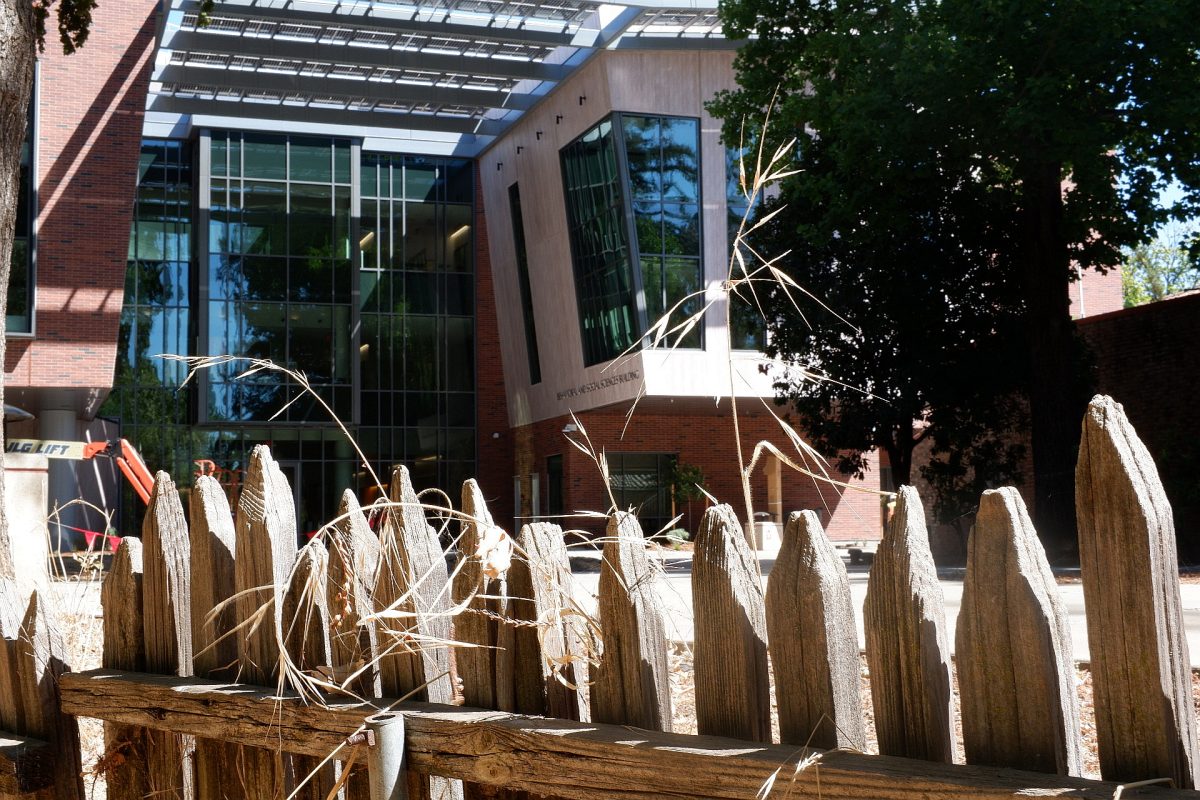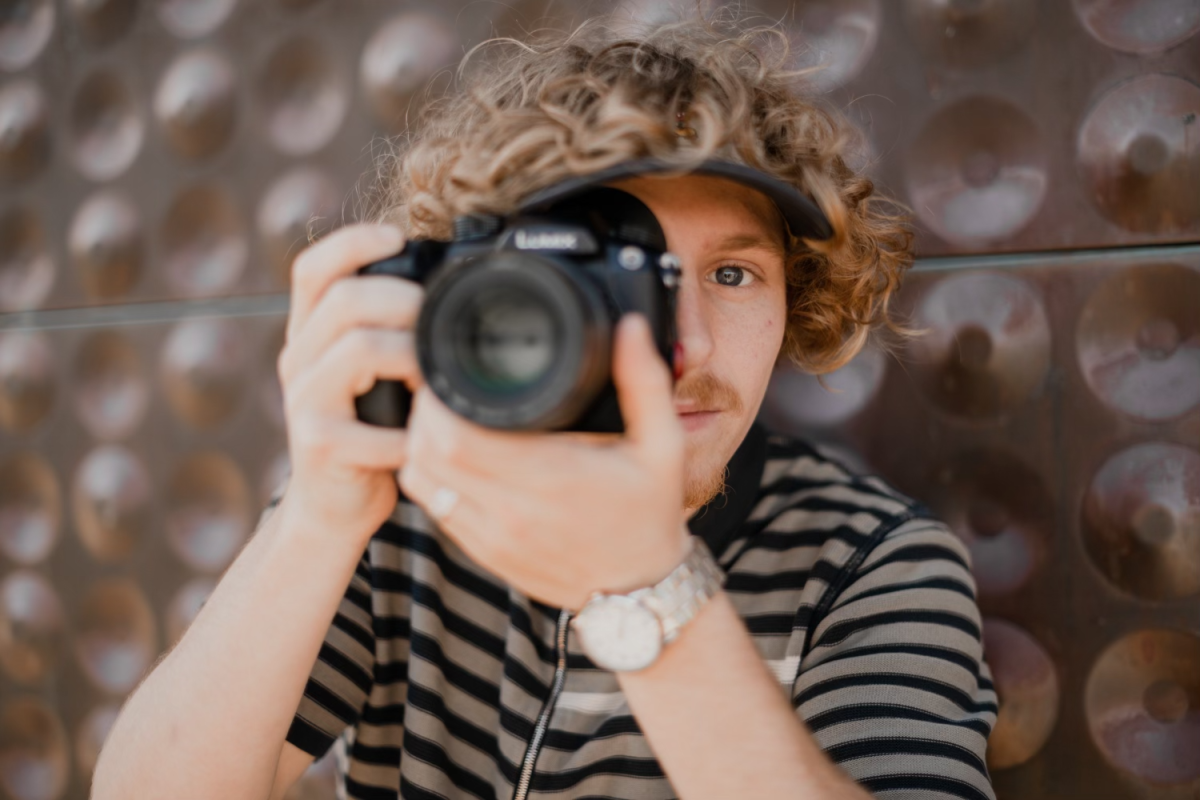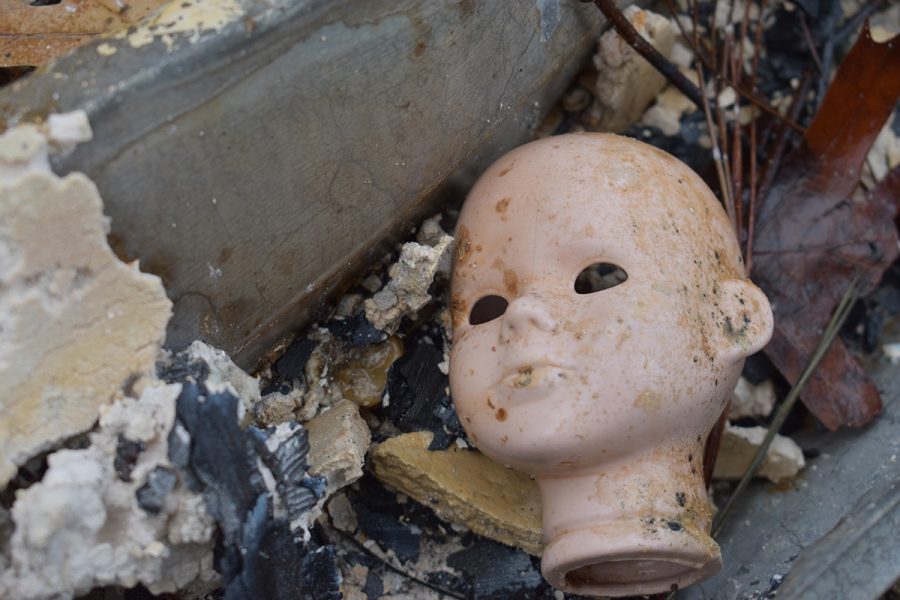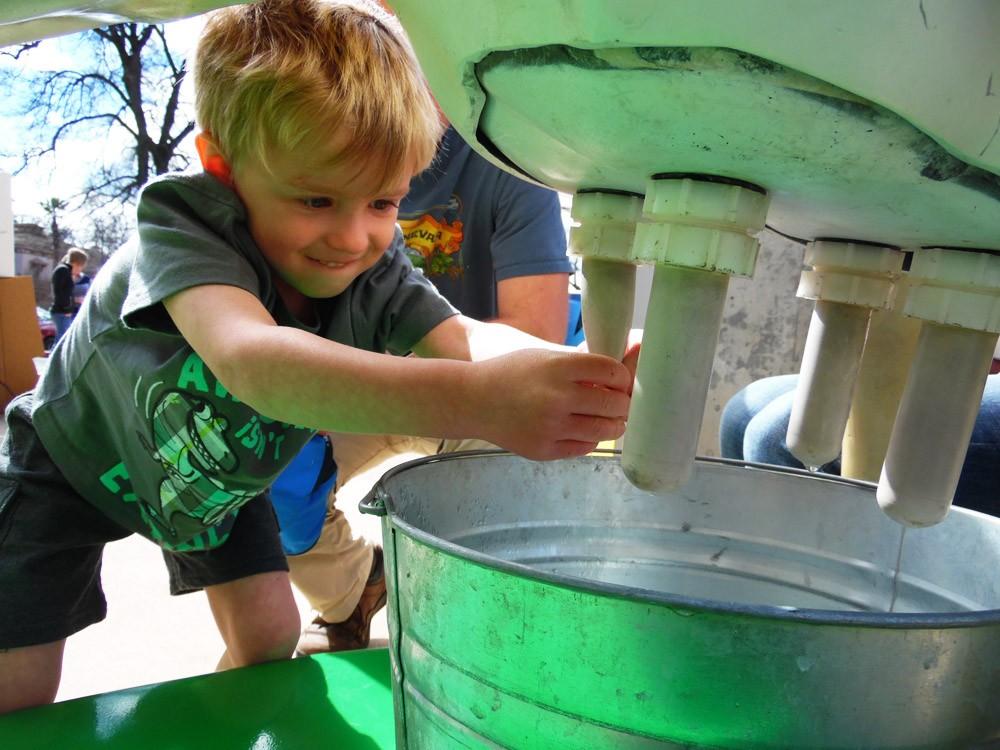
Bloodsucking insects and cannulated cows are just a few things that people can get their hands on when exploring Chico State’s Gateway Science Museum, which thrives off its interactive and informative exhibits that attract guests of all ages.
The Gateway Science Museum is led by Dr. Renee Renner, and 2015 marks its fifth anniversary, an occasion that was celebrated on Feb. 28.
“We are celebrating the fifth anniversary of the museum as well as many years of collaboration in this informal learning process.” Renner said. “Making a parallel between man-made and naturally-made is frequently focused upon.”
As executive director, Renner’s goal is to create a positive interaction between the school, the community and the museum, she said.
“The museum operates as a campus facility and is under direct guidance of the College of Natural Science,” Renner said. “We have a very strong community advisory board, and they are very instrumental in assisting us to make our program happen through fundraising and volunteer efforts.”
Renner is in charge of the programming, budget and staffing of the museum, as well as overseeing the public exhibit galleries.
The museum currently has multiple hands-on and viewing exhibits such as “Modern Farming,” “Attack of the Bloodsuckers” and “Seeds.”
Modern Farming
In the “Modern Farming” section, museum visitors can find a cannulated cow simulation where visitors have the opportunity to feel the inside of a cow. Specifically, one can feel the rumen, or intestine, of a cow by sticking a hand inside the false animal.
“We built the exhibit ourselves with the help of a design firm out in Oakland,” Renner said. “It highlights Northern California’s agriculture through community, research and technological aspects.”
Attack of the Bloodsuckers
“Attack of the Bloodsuckers” examines some of the insects and animals that feed off of warm blood. Mosquitoes and leeches in particular are on display, and guests may view the bloodsuckers through magnifying glasses stationed at each viewing tank.
“The ‘Bloodsuckers’ exhibit is rented from the Sciencenter in Ithaca, New York,” Renner said. “In this gallery, we tend to try to target an age group of fourth grade through middle school, but I would say even adults find it interesting and entertaining.”
Seeds
Inside the main hall of the museum are several enlarged photos of plants native to California. In the “Seeds” exhibit, one can view the dispersal process of several species of plants.
At the museum’s fifth anniversary celebration, members of the museum’s advisory board helped run the event as well as several of the interactive booths. Visitors were given the chance to perform a cow-milking simulation as well as pet some of the live animals on display during the event.
“Whenever we can have a positive interaction with members of the community, whether they’re visitors of volunteers, when they see our students and our faculty engaged with community, it creates a really good camaraderie and rapport,” Renner said. “This way they’re closely connected with us, and we can create a very positive experience.”
Blaine Ball can be reached at [email protected] or @BlaineHBall on Twitter.



